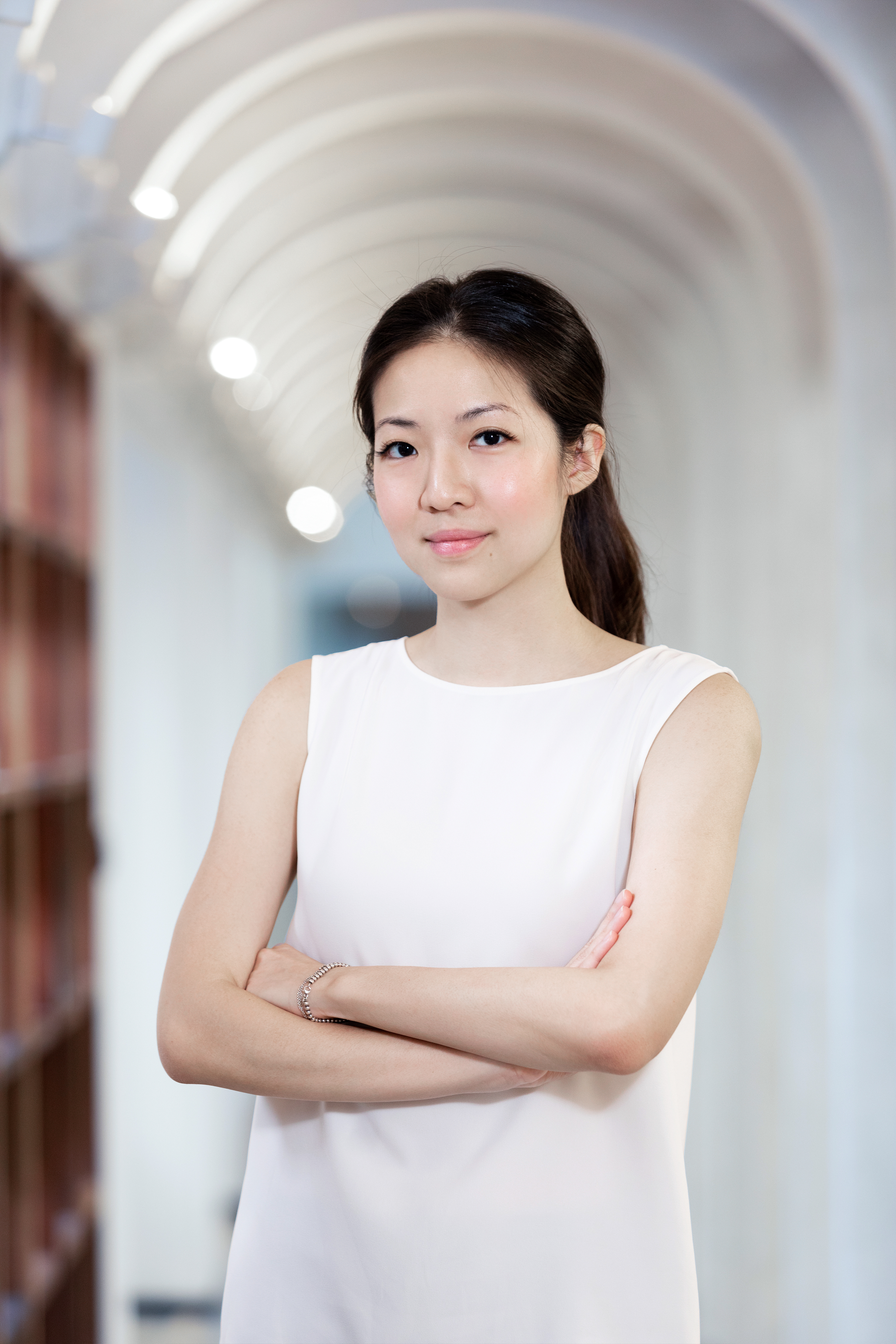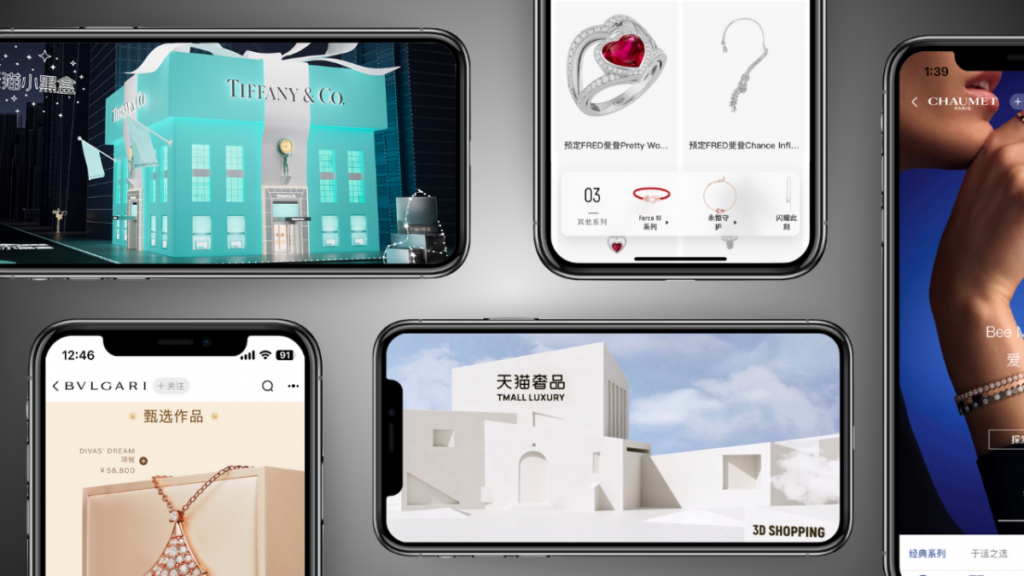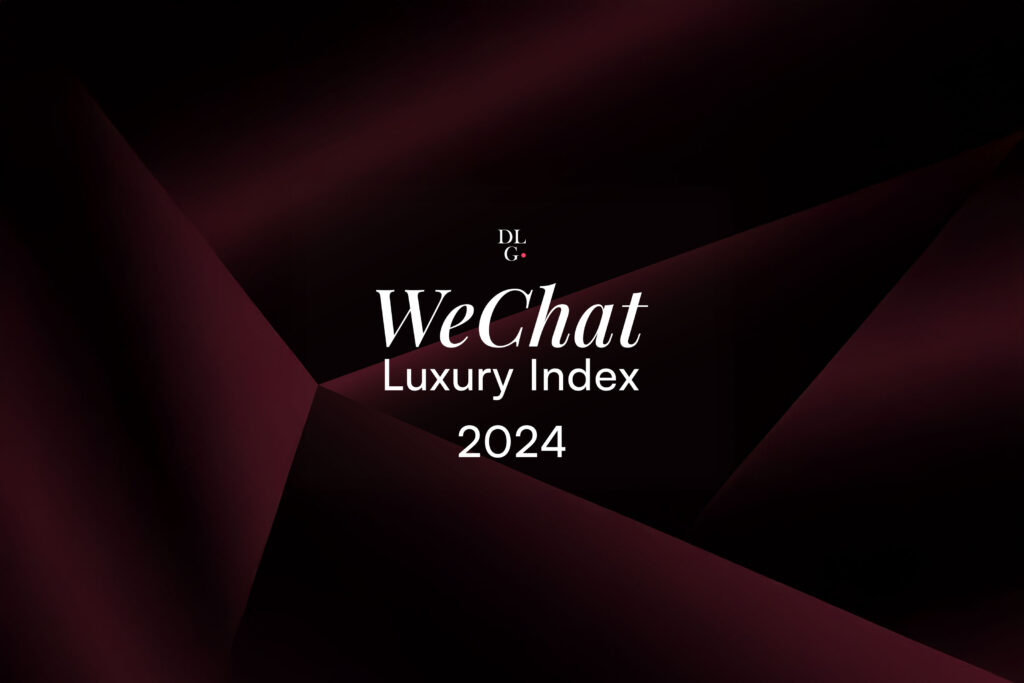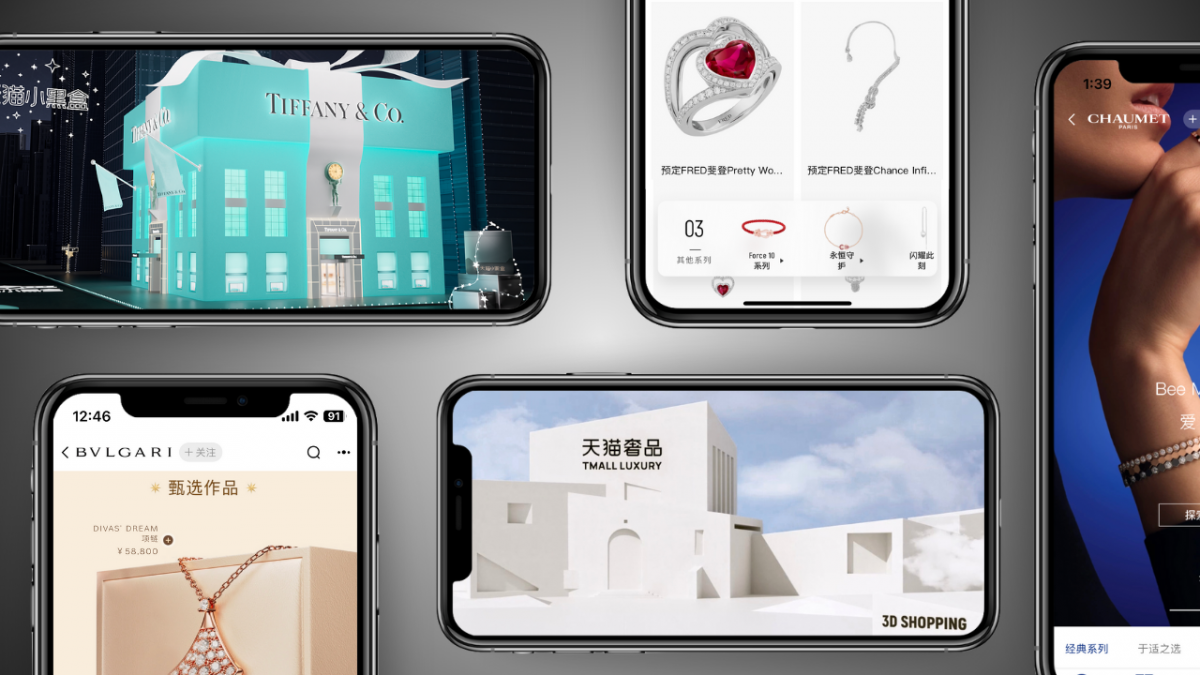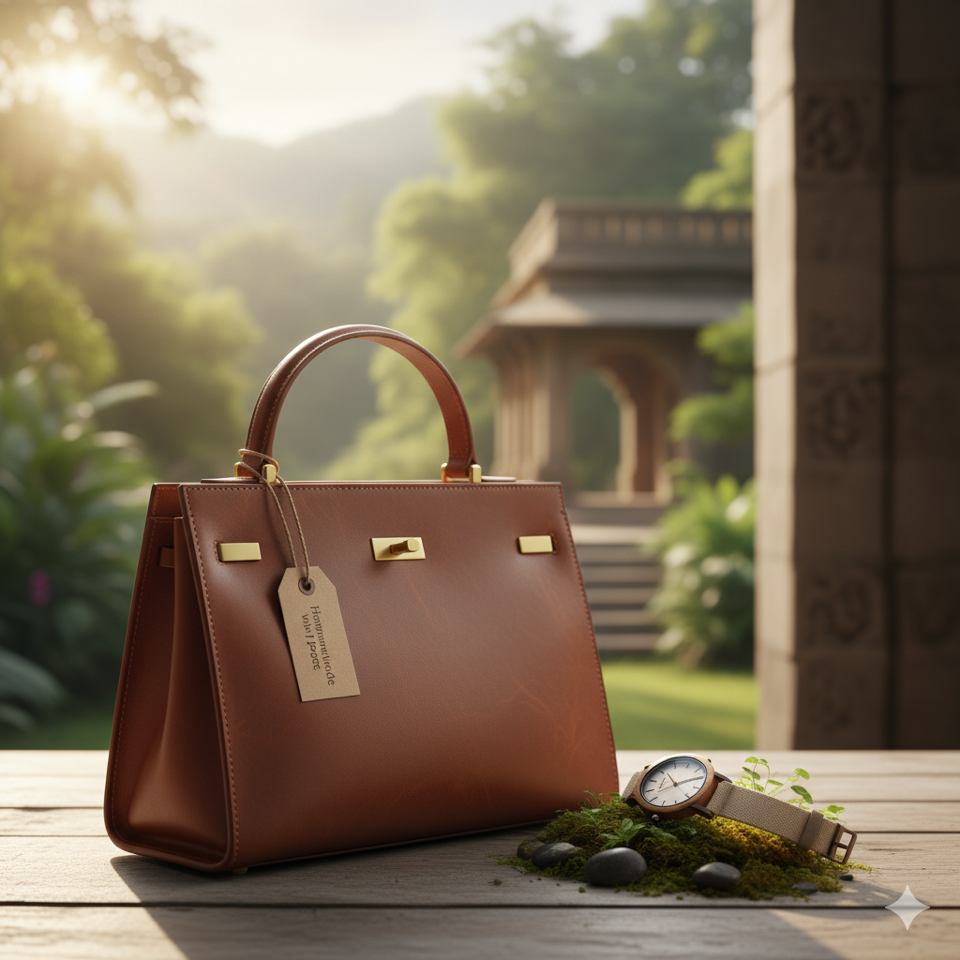A new era of sophisticated spending emerges as China’s luxury sector navigates economic uncertainty and evolving consumer identities.
The Chinese luxury landscape stands at a pivotal moment of transformation. Once characterised by ostentation and status-driven purchases, today’s Chinese luxury consumers are redefining the market with unprecedented sophistication, cultural confidence, and discerning taste.
In a recent discussion with Pablo Mauron, Managing Partner China & Board Member at DLG (Digital Luxury Group) and expert on luxury brands in China on The Luxury Society Podcast, valuable insights emerged into the shifting behaviours and preferences of Chinese buyers, revealing a market at a critical inflection point.
Shifting Consumer Demographics
The Chinese luxury landscape has undergone a profound transformation in recent years, revealing the delicate interplay between economic forces and evolving consumer dynamics. What once seemed an ever-expanding frontier has encountered unexpected boundaries, forcing brands to recalibrate their strategies with precision.
“There was not a single brand that was not looking at targeting that growing middle class. [However] that middle class naturally contracted as a result of the expected Covid rebound that didn’t really happen, more turmoil and questions about the future, less confidence, and as a result, direct impact on their consumption,” says Mauron.
This contraction represents more than a temporary market correction – it signals a fundamental restructuring of luxury’s demographic pyramid in China. Bain & Company’s 2023 China Luxury Report quantifies this shift, documenting a 10% decline in the mainland Chinese luxury market, with the aspirational upper-middle-class bearing the brunt of economic uncertainty. This segment, which McKinsey once identified as driving approximately 70% of luxury consumption in China, has dramatically curtailed discretionary spending as financial anxieties mount.
Faced with this new reality, luxury houses have executed a strategic pivot that reveals both pragmatism and foresight. “There was a very obvious and tactical decision from brands to refocus on high-net worth individuals and their VICs that were naturally less impacted by the current context,” Mauron observes.
This recalibration aligns with a fundamental principle of luxury economics highlighted by Bain & Company: the asymmetric value of elite clientele, where the top 2% of customers typically generate up to 40% of total revenue. By nurturing these high-value relationships – offering exclusive experiences, personalised services, and limited-edition pieces – brands have started to create a protective buffer against broader market volatility.
Beyond shifts in socio-economic demographics, there has also been a discernible expansion of geographical focus for luxury brands in China. While international luxury capitals like Shanghai and Beijing remain crucial, brands are increasingly recognising the untapped potential of emerging regional centres. “Chengdu has been discussed a lot in the centre of China, Wuhan, for example, with SKP, which just opened a very massive mall, [or] Wuxi with Center 66, where Hermes is back after 11 years,” Mauron highlights. “On one hand you see luxury brands rationalising their footprint in the market and so on, but at the same time, you clearly see them also making an impact on those new tier one cities.”
CBRE’s 2024 Luxury Retail Market Outlook validates this approach, documenting a remarkable 45% surge in luxury store openings across these emerging tier-one cities over the past two years, with Chengdu, Hangzhou, and Wuhan emerging as the vanguard of this retail push.
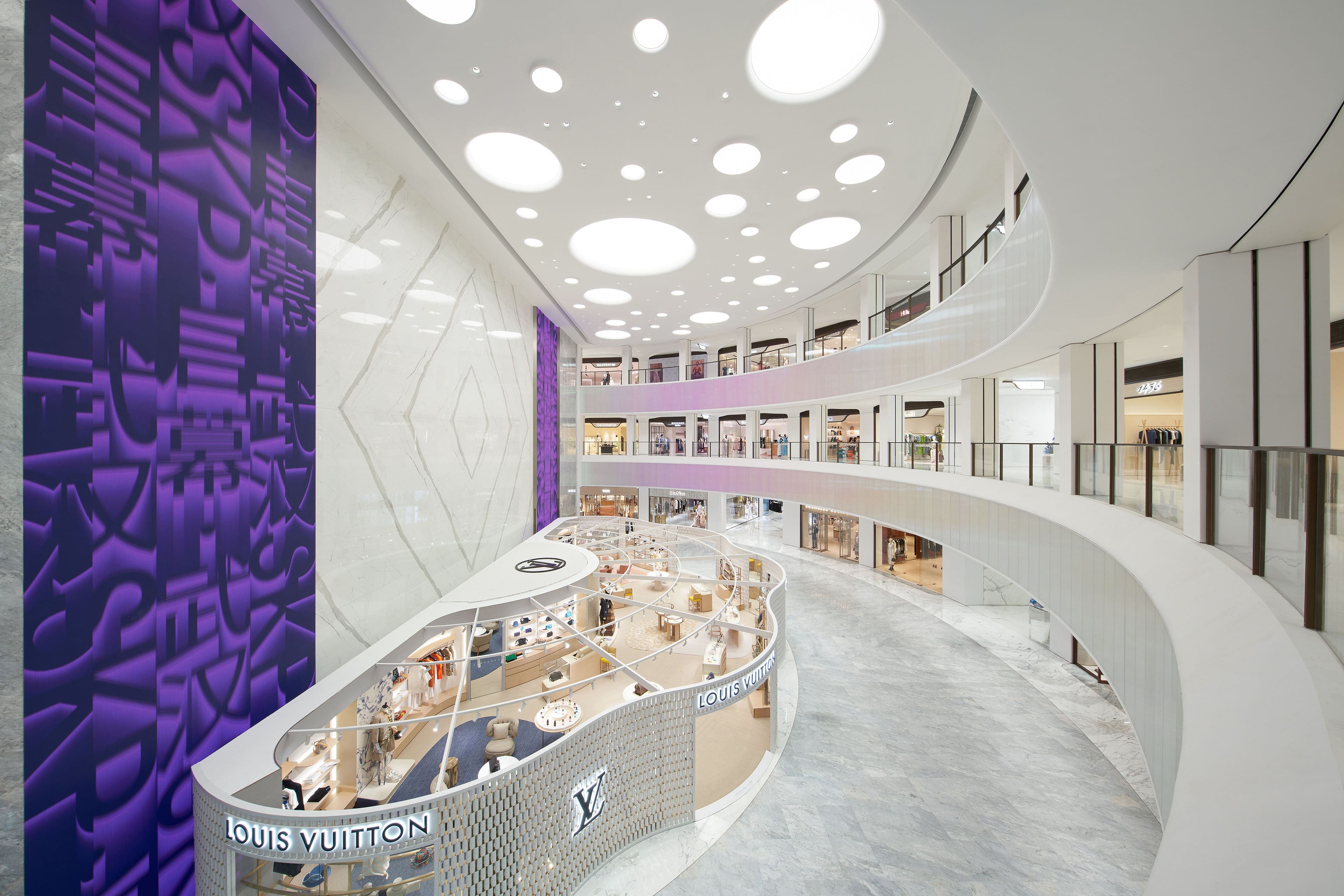
Credit: Courtesy of SKP
Evolving Chinese Consumer Identity & Expectations
What began as superficial localisation efforts by Western luxury brands in China has also transformed into a sophisticated cultural dialogue. “In the past, typically [during] Chinese New Year milestones, brands would come up with their China limited editions. To put it simply, it was a lot about using quite gimmicky codes – over usage of the red colour, some almost cliche symbolism around the number eight, [and] auspicious animals like dragons,” Mauron explains.
This approach, however effective initially, has given way to something more nuanced as Chinese consumers developed stronger cultural confidence and a more discerning aesthetic sensibility. The relationship has inverted: rather than brands dictating taste to the Chinese market, consumers now shape brand strategies through their evolved preferences.
This transformation is exemplified by brands like Loewe, whose approach transcends superficial adaptations. The brand’s Lunar New Year collections respectfully incorporate elements of traditional craftsmanship and authentic cultural symbolism, while their Spring 2023 collection drew inspiration from China’s rich ceramic heritage – interpreting these influences through their distinctive European design language. This cultural fluency has yielded tangible results: according to Re-Hub’s COMPASS Index Q1, Loewe rose to 8th place in the Marketing Index, driven by its Lunar New Year campaign and a series of activations surrounding its flagship opening in Shanghai. According to Morgan Stanley estimates, China drove approximately 35% of its total revenue growth in 2023.
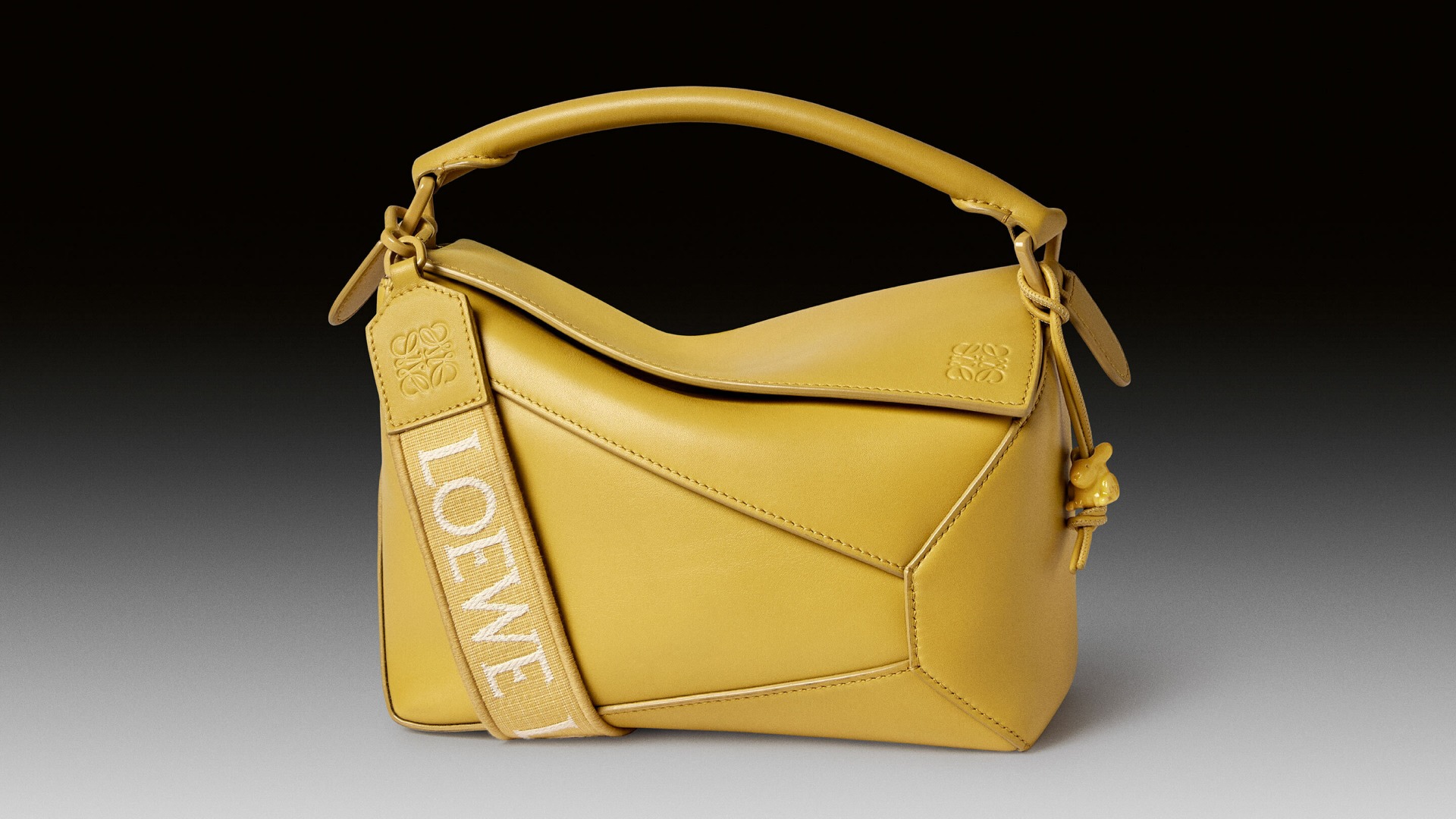
Credit: Courtesy of Loewe
This new paradigm demands that brands develop genuine cultural literacy and creative sensitivity. As Mauron notes, “Now it takes much more to do that because you need to do it in a way that is highly credible to people that value [that heritage] much more. And you need to reinterpret it in a way that is still relevant with your positioning as a Western brand.”
Redistribution of Consumer Spending with International Travel
In addition, the global flow of Chinese luxury spending has undergone a dramatic transformation in recent years, reshaping the industry’s geographic balance and creating new centres of economic gravity across Asia and beyond. What began as a pandemic-related realignment has evolved into a more nuanced pattern of consumption that spans continents and challenges long-held assumptions about luxury retail.
“Over the past year, Southeast Asia was all the rage – we were talking about Singapore, Thailand being the next big markets for the luxury industry. And we know that it was mostly stimulated by Chinese travellers, diaspora or expatriates,” Mauron says.

This recalibration is reflected in compelling data from Morgan Stanley, which reveals a fundamental restructuring of Chinese purchasing patterns. Before the pandemic, Chinese consumers made a mere 33% of their luxury purchases domestically, with the vast majority occurring during international travel – particularly in European fashion capitals and duty-free hubs. COVID-19 dramatically inverted this ratio, driving domestic purchases to nearly 70% as international borders closed and travel became impossible.
As global mobility has returned, a new equilibrium has emerged – one that suggests permanent changes in consumer behaviour rather than a simple reversion to pre-pandemic norms. Bain & Company’s analysis indicates that spending has stabilised at approximately 60% domestic and 40% international, revealing a sustained preference for local luxury experiences that didn’t exist before the pandemic.
This redistribution has created ripple effects across the global luxury landscape, with Southeast Asian markets emerging as particular beneficiaries. Singapore has witnessed an extraordinary 87% surge in Chinese visitors during Q4 2023 compared to the previous quarter, according to the Singapore Tourism Board, accompanied by a corresponding 42% increase in luxury retail spending. Similarly, Thailand’s Department of Tourism reports that Chinese luxury spending in Bangkok has outpaced pre-pandemic levels by an impressive 56% in early 2024.
China At Its Turning Point
Despite current challenges, industry experts remain cautiously optimistic about China’s luxury market recovery. “The question has been for a while now: When can we see growth in the market again from a pure domestic consumption point of view? What we can see is that every quarter it gets better,” says Mauron.
For luxury brands, maintaining strategic focus during this transition period is crucial. “We believe that we’re at a very critical crossroads right now, and it’s going to be absolutely key for brands to do the right thing to not delay their rebound, and that means maintaining their marketing investment because now is not the time to have cold feet and to start like reducing your investment in the market,” Mauron advises.
“I don’t know if brands should double down, but I definitely know that this is not the time to slow down, because we believe that the end of the tunnel is close,” he adds.
Despite economic headwinds, China remains an indispensable market for luxury brands. With the country’s high-net-worth individuals expected to exceed 2.1 million by 2026 according to Credit Suisse’s Global Wealth Report, and luxury spending projected to recover to positive growth by late 2025 according to Oliver Wyman, the market’s long-term fundamentals remain strong.
As Chinese consumers continue to evolve in their preferences and global mobility, luxury brands that remain committed to authentic engagement and strategic investment in this crucial market will be best positioned to capitalise on its eventual rebound.
Listen to the full interview with Pablo Mauron on Episode 5 of The Luxury Society Podcast on Apple, Spotify, and other major podcast platforms.
Subscribe to The Luxury Society Podcast to receive notifications about new episodes featuring luxury industry leaders. Never miss an episode as we continue exploring the themes shaping the future of luxury.

